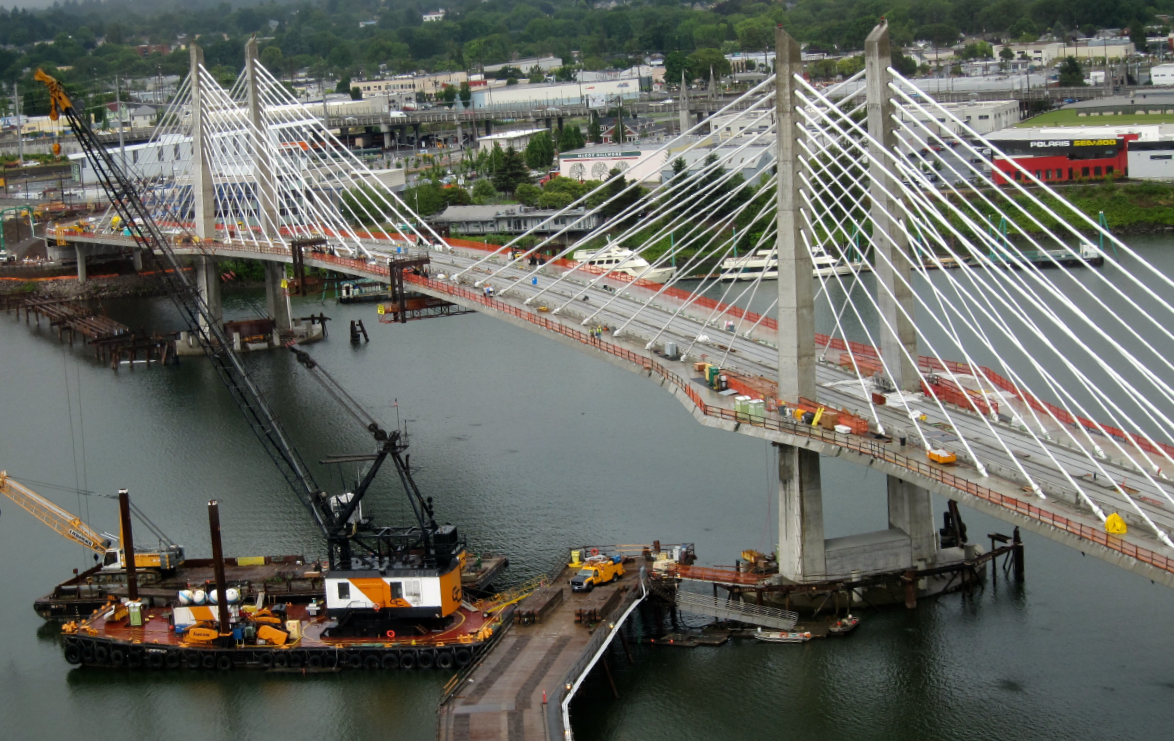FAQ
What?
Q: What is the total goal for the campaign?
A: Our current goal is around $15 million including costs for updating our facilities and technology, as well as growing our team of reporters and content producers. We are still waiting on final costs for various elements of the work and don't yet have final figures.
Q: What new work will be funded through the campaign?
Covering New Topics
We’ll expand our original reporting by investing in talented people who can bring forward the most important stories. We'll make investments that will help us work more efficiently, and engage with new communities and audiences. To meet emerging needs around subjects of critical public interest, we’re planning several brand-new "desks" around important subject areas:
- The “Changing Northwest” desk will cover equity, race and identity, poverty and opportunity, and more.
- A new rural reporter will travel the region examining issues affecting rural communities.
- A new focus on science and technology will highlight regional innovation—and how it may affect people’s lives in the years to come.
- We’ll take a fresh look at business — including a budding entrepreneurial culture.
- The ‘NW Harvest’ desk will examine the impact of agriculture, food, and wine on our region and beyond.
Expanded Coverage
- Grow our education coverage with a new reporter focusing on higher education, building on our strong K-12 reporting.
- Broaden coverage of state and regional government, politics and policy — including a new Washington, D.C.-based reporter.
- Expand our daily radio show Think Out Loud to create more conversations around key issues.
- Further our capacity to fully cover major stories whenever and wherever they emerge.
- Widen our team focused on data journalism, combining traditional reporting techniques with deep analysis.
- Start a new digital video team to create fascinating stories to share online and via social media.
Investing in Technology
To enable all of this work, we’ll make key investments to modernize our 30-year-old production facilities and leverage powerful new technology.
- Our Portland production facility was designed in the 1980s and hasn’t changed much. Back then, TV shows were produced in a studio and OPB’s radio studios were in Corvallis. A significant renovation will give us flexibility to produce the programming of today—and tomorrow—more efficiently.
- As the next generation reaches for the smartphone—rather than a television remote control—we aim to be their first choice. We’ll transform our systems to more easily create stories to reach audiences wherever they are: television, radio, or via expanding digital options.
Why?
Q: OPB seems to be in good financial shape, and adapting well to a changing media environment. You're already doing well. Why do you need to take these steps?
A: With rapid ongoing changes in how people get their information, complacency is not an option. We need to accelerate to stay ahead of the game. In order to stay relevant for our existing audiences, reach new audiences, and better engage across the entire region, we need major investment.
Q: How will OPB be a different organization at the end of the campaign?
A: Our vision is that at the end of the campaign, OPB will be fully equipped to serve as the region's leading creator of original stories that connect us all.
Q: This all seems to support coverage of regional and local issues. I just follow NPR and the national coverage. Why should I support this?
A: By expanding OPB’s newsroom significantly, the campaign will help us better address how global and national issues affect communities here. Also, OPB will work to expand partnerships with NPR, the PBS Newshour, and other national providers to bring more important stories from our region to light at the national level.
Q: What positive impact will this campaign have on communities across the region?
A: Our vision is that this campaign helps foster new levels of understanding and connection between people and communities across our region.
Sustainability / Looking Forward
Q: So the building design and technology of 1987 became obsolete in time. How do you know these investments will not become obsolete in short order?
A: First, the design from 30 years ago served OPB well for many years. There is no way to future-proof any investments in technology. But we're seeking to give ourselves the maximum flexibility as we develop our new infrastructure for production.
Q: You're planning to expand your footprint significantly. At the end of this campaign, how much will your annual operating budget have grown?
A: Based on current estimates, our overall operating budget will increase modestly. Most of the growth will be on our content production teams. We anticipate added annual costs of roughly 1.5M to 2M over our current annual content production costs.
Q: How will you secure sustainable annual funds to support this larger operating budget?
A: As we've rolled out new bureaus and ventures at OPB over the last several years, we've seen a parallel rise in the size of our audience and support base. As we've seen at OPB and at other organizations, campaigns such as this inspire new contributors and grow the overall base of support. We anticipate strong growth in members and major supporters as we expand our services. We also plan to develop new digital fundraising capabilities to reflect our expanded digital content production.
Still looking for more? Contact Us.


